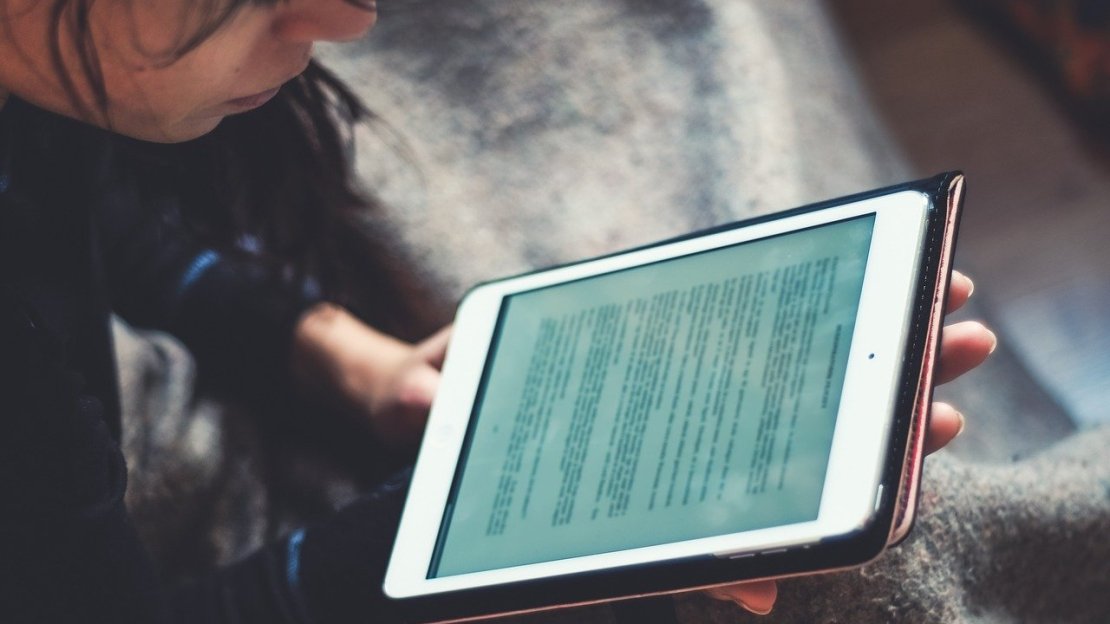John Tolley, March 31, 2020
Across all facets of life, the coronavirus pandemic is taking its toll. Education in America has been rocked by sudden-closures, upended learning dynamics, and even cancellations of the academic year.
While many schools have shifted to online learning, lack of digital access for a some students as well as less-than-adequate training leaves teachers, parents and administrators scrambling for a cohesive plan.
For perspective on the state of primary and secondary education in the age of COVID-19, we corresponded via email with Liz Kolb, a clinical associate professor of educational technologies at the University of Michigan School of Education. She discussed how the pandemic has shed light on the digital divide, the mounting concern over student mental health, and how parents can best help facilitate learning during quarantine.
[This interview has been edited for length and clarity.]
How well prepared was the US primary and secondary education system for this situation?

In general, not very well. It just was not something that the public-school system remotely considered. To date, teacher training and professional development has focused much more on developing content-knowledge, pedagogical-knowledge, and even the technical-knowledge has focused more on using tools for in-class instruction.
Many schools have discouraged using technology for homework or required out-of-school work because not all their students have equitable access. Thus, very little professional development for in-service or preservice teaching has focused on how to design instruction for remote learning.
Most schools are scrambling to figure out how to quickly do "triage" training for teachers, providing access to all their students (some are handing out devices and hotspots), and figuring out what the school day now looks like. Many schools also did not know the technical access of families at home, so they are now trying to do a needs-based survey, which is difficult to do when families are so isolated and students are no longer in a physical building.
What flaws in our education system have been exposed by the pandemic?
I think that schools, parents and community members are more aware of the digital divide as a result of the pandemic. We have always had a divide in access and know-how, but it has been a bit more hidden because most children are in brick-and-mortar school settings, and those that do not have access at home, still have access at school. But now that children no longer have the school access, we are seeing K-12 teachers trying to do synchronous classes, where a handful of their students are not showing up or not completing the online work or not engaging in the enrichment activities. So, it is becoming more apparent who has access, who has someone at home to stand over them to help them do schoolwork and who does not.
How will a disruption such as this likely impact students?
We are looking at concerns around mental health. As many students are using more screen time than they may have in the past and are isolated from friends and social activities, we worry about depression or anxiety setting in.
We worry about a slide in academic know-how, similar to what we call the ?Summer Slide?, and that they may begin the next school year at a deficit. We worry about increasing the education divides and gaps if some schools choose to continue remote learning while others do not.
On the positive side, this may help some students develop resilience, tolerance, and other positive emotional skills that we like to see in students. They will also see how their teachers are being flexible, creative, and developing new ways to teach old things, which is a positive model for students.
What positive takeaways do you foresee coming out of this situation?
In terms of technology, I see this changing how we train new teachers to teach and the type of professional development we implement in K-12 schools for teachers. For many years, training in educational technology has been a "side dish": nice to have, but not necessary. For example, the state of Michigan only requires 1 credit (around 14 hours) of coursework in education technology. That is not very much. However, after COVID, I see education technology moving to a "main dish", an essential part of learning to teach. Teaching teachers how to design instruction for both brick and mortar and virtual will become more common in teacher training and professional development.
In terms of education in general, I also see this as an opportunity to rethink the school day, the school year and the tools we are using for learning. For example. maybe we don't need children in a classroom from 9 to 3 everyday? Maybe a yearlong blended approach makes more sense? Maybe we start using tools that are more accessible inside and outside of school? Maybe we provide every child with equitable access to technology resources, even when they are in a face-to-face school? I am just pondering, but it is an opportunity to rethink how we teach and the tools we choose to teach with.
Do you have any tips or advice for parents and/or students navigating this unique experience?
This is hard and stressful for everyone. Take it easy on yourself. Physical and mental well-being is most important right now. It is perfectly fine to wait until your school requires instruction before requiring your children to do schoolwork remotely. For now, keep it light and fun. Encourage reading, trying new things, getting outside, watching educational shows, and yes, extra fun screen time is perfectly fine, too. If they miss their teachers or friends, they can email, call, text, or even video conference with them.







